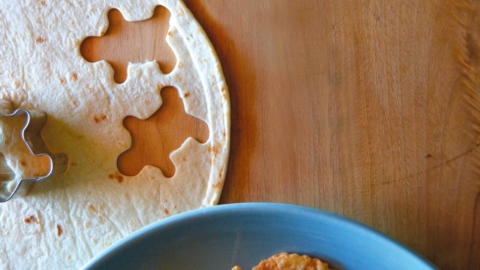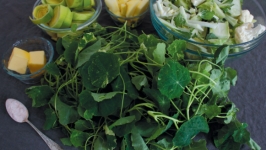Turn Scraps into Tasty Garden Gold
Ever heard the phrase, “One man’s trash is another man’s treasure?” When it comes to the leftovers from your refrigerator’s produce bin, a whole treasure chest of tasty vegetables can be gleaned from what used to be thought of as rubbish.
Turning vegetable scraps into edible garden produce is not a new concept; in fact, many of us do it all the time unintentionally. Ever had a head of garlic sprout a green shoot after too many days in its bag? Or maybe a carrot sat around, uneaten, and started growing on its own in the fridge. This is scrap gardening. From celery to onions, kitchen scraps can become healthy produce, cut down on food waste, and teach us a valuable lesson about nature and food sustainability.
Here’s how to start your own indoor scrap garden:
Step One: Track down some odds and ends. Ask your mom or dad to save the end of a head of celery, a carrot, turnip, or beet (or similar). You’ll need to make sure they are clean, so catch them before they are thrown away.
Step Two: Cut off the base from leafy veggies like celery, bok choy, or romaine lettuce. You’ll need about an inch of the plant to start growing. Root vegetables need about a half-inch of base; being sure to preserve the top (where the leaves usually grow). Place leafy vegetables cut side up, and root vegetables cut side down, in a saucer filled with about an inch of water.
Step Three: Plants will grow hydroponically— meaning in the water—so it’s very important to keep the ends in water at all times. Add more water as needed. Also, place saucers in a sunny area so those little sprouts can absorb all the light they need to begin growing. In about a week, start looking for signs of growth. Take photos of the progress.
Have some pots or containers ready to transplant your veggies if they take up too much space on your windowsill. New growth from lettuce, greens, carrot tops, or celery is perfect for salads or sautés all winter long.









